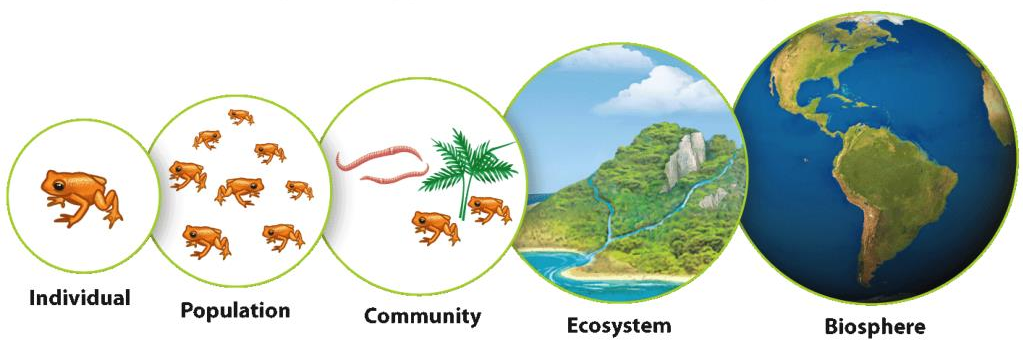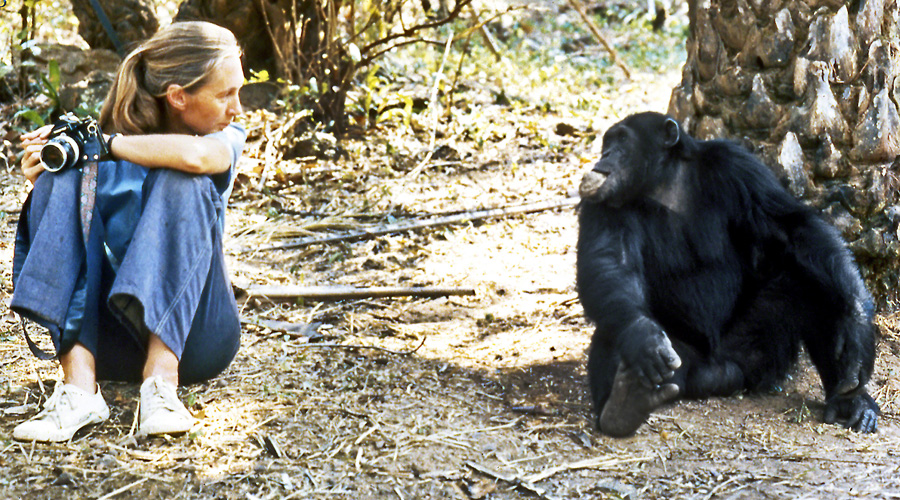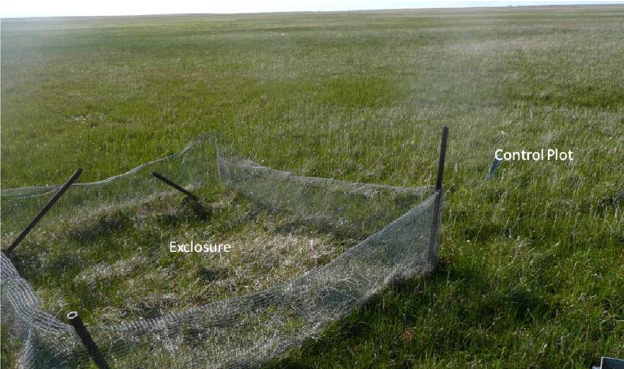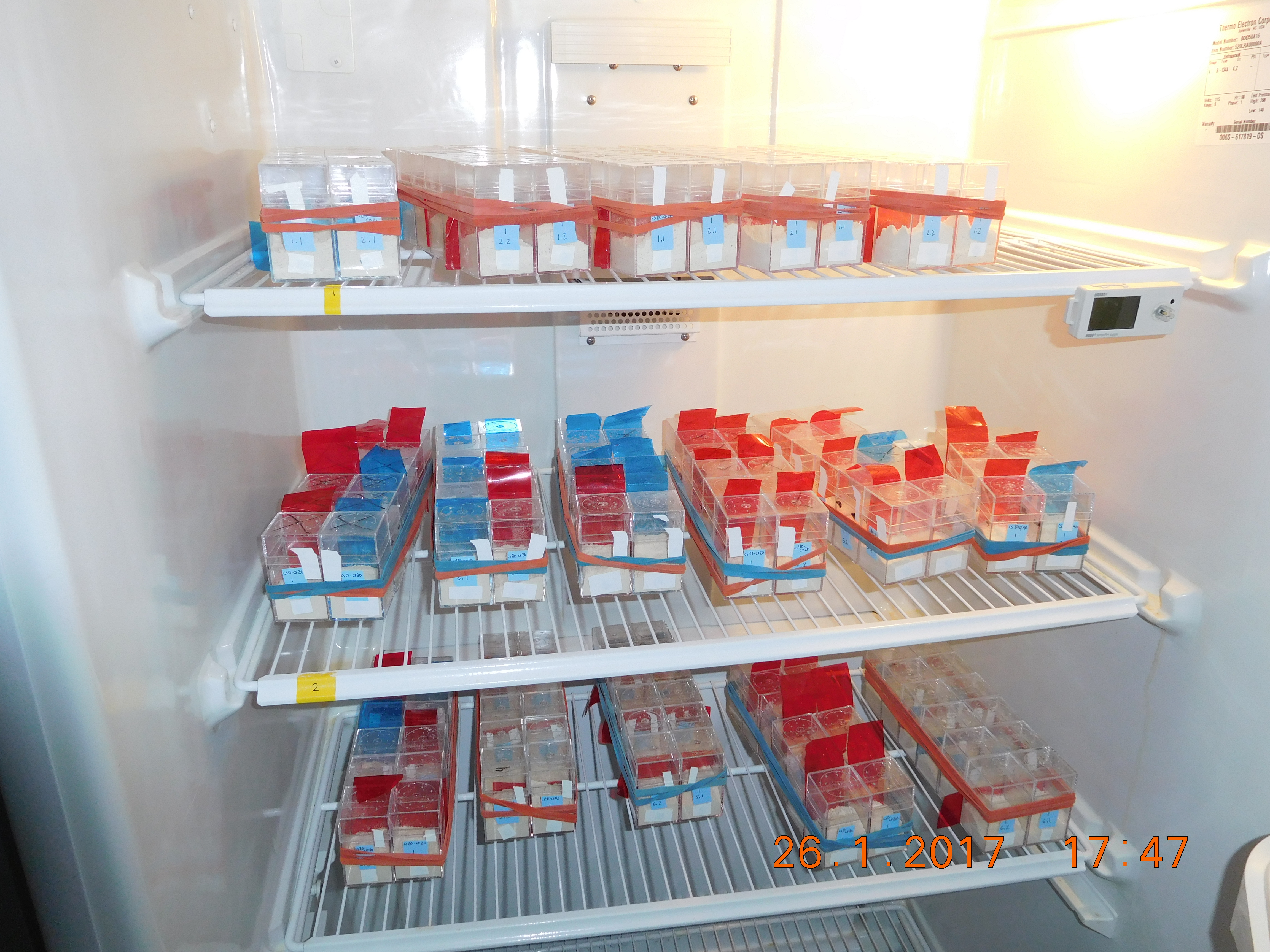class: center, middle, inverse, title-slide # Week 1: intro to ecology ### Tad Dallas ### LSU --- class: left, middle class: left, center, inverse .font300[Announcements] + + + --- background-image: url('figs/tad.jpeg') background-position: 50% 50% background-size: contain class: center, top, inverse .font300[Introduction to me] --- background-image: url('figs/deerclosure.png') background-position: 50% 50% background-size: contain class: center, middle, inverse # .font300[Syllabus] --- background-image: url('figs/deerclosure.png') background-position: 50% 50% background-size: contain class: center, middle, inverse # .font300[Final project] --- # Readings .font200[Purugganan, Mary, and Jan Hewitt. "How to read a scientific article." Rice University (2004). ] <https://www.owlnet.rice.edu/~cainproj/courses/HowToReadSciArticle.pdf> .font200[Ecological Society of America. What does ecology have to do with me?] <https://www.esa.org/about/what-does-ecology-have-to-do-with-me/> --- # That's all for today --- ## What is ecology? ### The study of interactions between biological organisms and their environment. --- ## Interactions with same species + .font200[Competition] + .font200[food] + .font200[space] + .font200[mates] + .font200[Cannibalism] + .font200[Dispersal processes] --- ## Interactions with different species + .font200[Competition] + .font200[Predator -- prey] + .font200[Plant -- pollinator] + .font200[Host -- parasite] --- ## Interactions with the environment + .font200[Allelopathy] + .font200[Thermal tolerance] + .font200[Disturbance ecology] + .font200[Dispersal limitation] + .font200[Ecosystem engineers] --- # Environmentalism ### A political and social ideology seeking to limit human impact on the environment --- # Biomedicine ### Gets conflated with ideas of "mainstream medicine" ### Generally applies to clinical practice and only to human populations (can some part of the environment make me better?) --- # Natural history ### Descriptive study of natural organisms ### Slightly separate from ecology, though ecological studies often utilize museum collections, and museum collections are essentially natural history storehouses --- # Evolution ### Change of allele frequencies over time ### Strong feedbacks with ecological processes > .font250["Nothing in Biology Makes Sense except in the Light of Evolution"] - Theodosius Dobzhansky --- # levels of biological organization  --- # Individual ### A single individual of a species. ### e.g., a single trout in lake superior --- # Population ### A collection of individuals that occupy a given geographic area and interact with one another. ### e.g., trout in lake superior --- # Community ### A set of interacting species that occupy a given geographic area. ### e.g., fish communities in lake superior --- # Ecosystem ### The set of interacting species (the community) and the interactions between these species and their physical environment. --- # Biosphere ### The global environment, consisting of all living things on the planet. ### e.g., the planet --- # What is the role of the environment and land use change to each level? --- background-image: url('figs/individual.png') background-position: 50% 50% background-size: contain class: top, right, inverse ## Individual --- background-image: url('figs/population.jpg') background-position: 50% 50% background-size: contain class: top, right, inverse ## Population --- background-image: url('figs/community.jpg') background-position: 50% 50% background-size: contain class: top, left ## Community --- background-image: url('figs/ecosystem.jpg') background-position: 50% 50% background-size: contain class: top, right, inverse ## Ecosystem --- background-image: url('figs/globalRisk.png') background-position: 50% 50% background-size: contain class: top, right, inverse ## Biosphere --- # How do we do ecology? --- ## Observations  --- ## Manipulative experiments  --- ## Laboratory experiments  --- background-image: url('figs/models.jpg') background-position: 50% 50% background-size: contain class: top, right, inverse # Ecological modeling <br> <br> ## SI model as an example